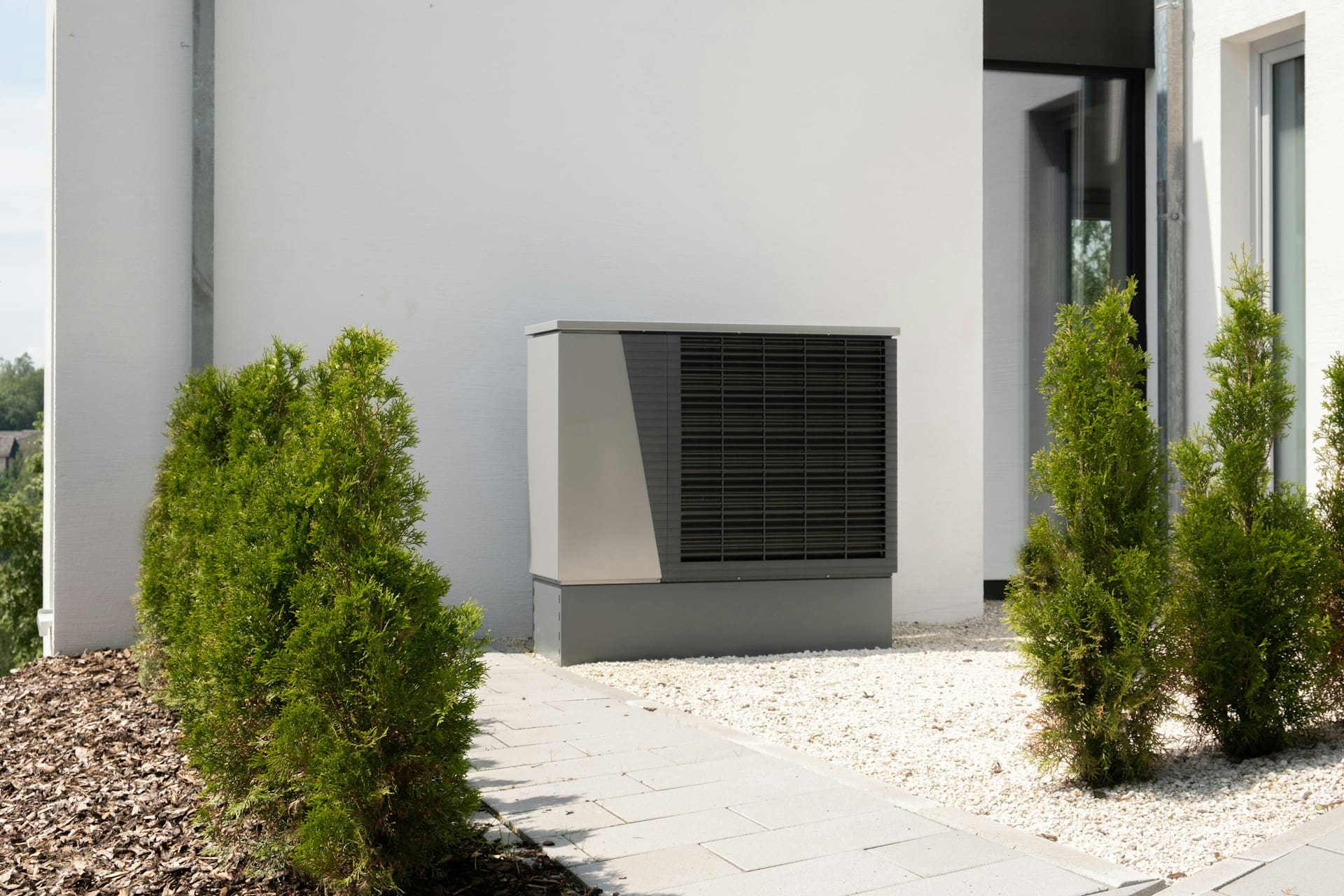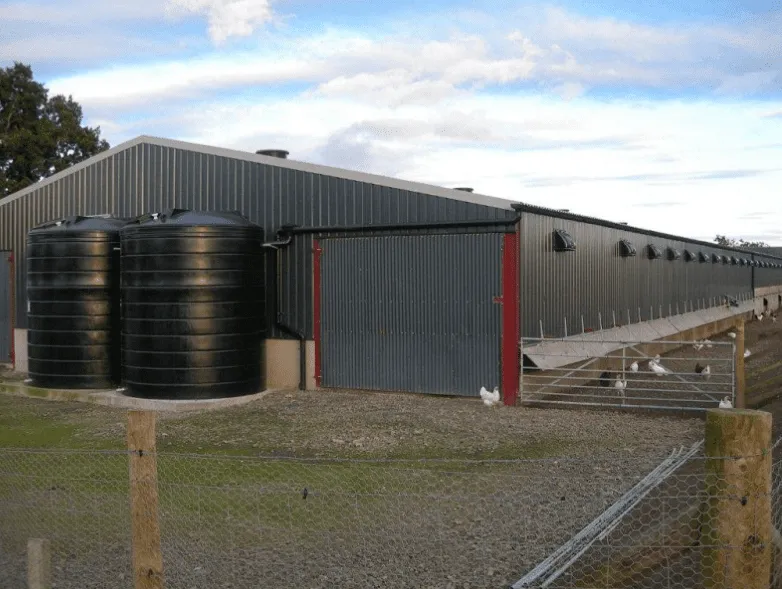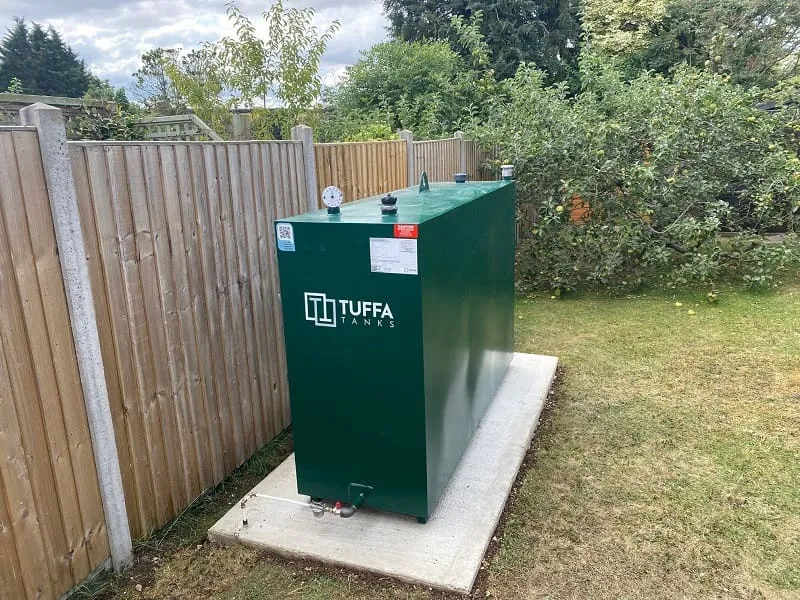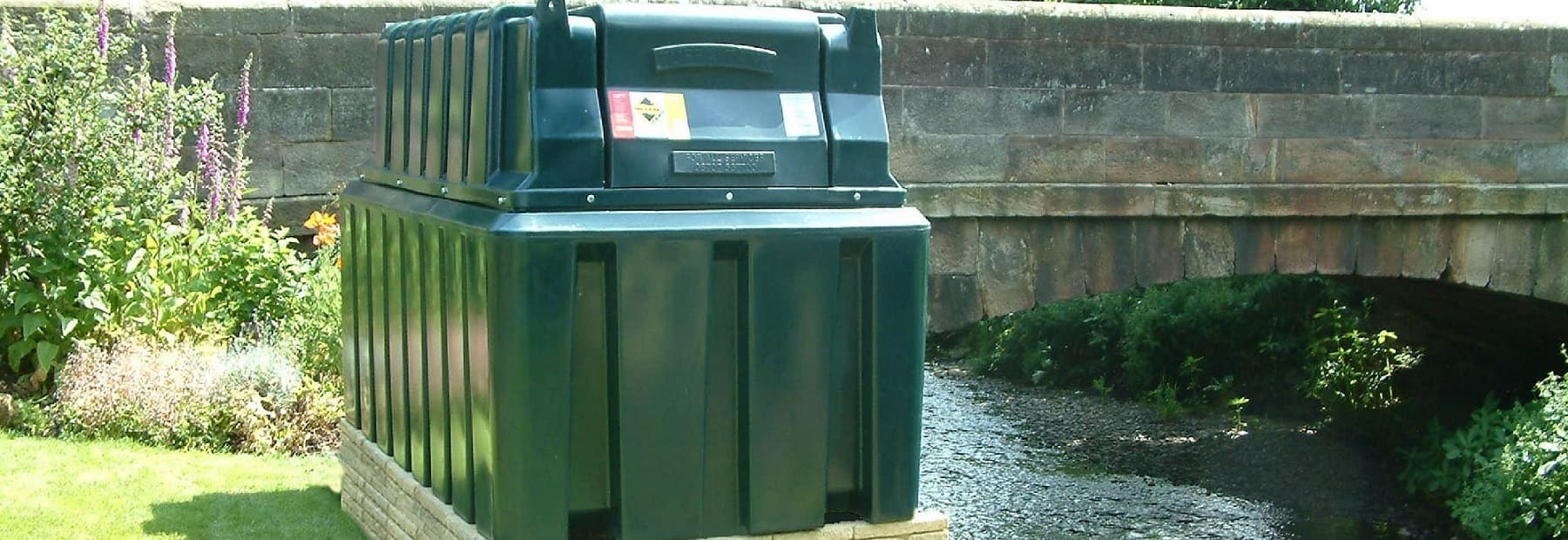When browsing through our range of water tanks, you will notice that they are labelled as either potable or non-potable, but what does this mean?
The simple answer is that a potable water tank is suitable for storing drinking water, whereas a non-potable water storage tank is not.
All potable water tanks must adhere to WRAS (Water Regulations Advisory Scheme) regulations, in order to keep the water safe for consumption when it comes into contact with the materials of the tank.
Why Potable Water Storage Tanks are Important
Potable tanks are a necessity in order to store safe drinking water, especially when tap water is not an option. By and large, tap water is readily available in residential and commercial buildings, however, a system failure can soon leave anywhere without clean water.
Shelters may not be connected to a safe drinking water system, with numerous people reliant on a water storage tank for access to water for them and their families. Without access to clean water, the health of those affected is put at serious risk.
Usage of Non-Potable Tanks
Just as potable tanks are important for use on a day to day basis, so too are non-potable tanks, as the water stored can be used for plumbing, such as flushing the toilet and in washing machines, as well as for gardening.
Tap water, or potable water, is filtered to make it safe for consumption, whereas non-potable water is usually harvested rainwater that has not been filtered or manipulated. While rainwater is not suitable for human consumption, it is highly beneficial to the growth of plants and produce, which is why it is not uncommon to find agricultural settings making use of rainwater harvesting tanks.
For details about the tanks we offer check out our water tanks products page or call our team today on 01889 567700, or contact us online via our website here.






























